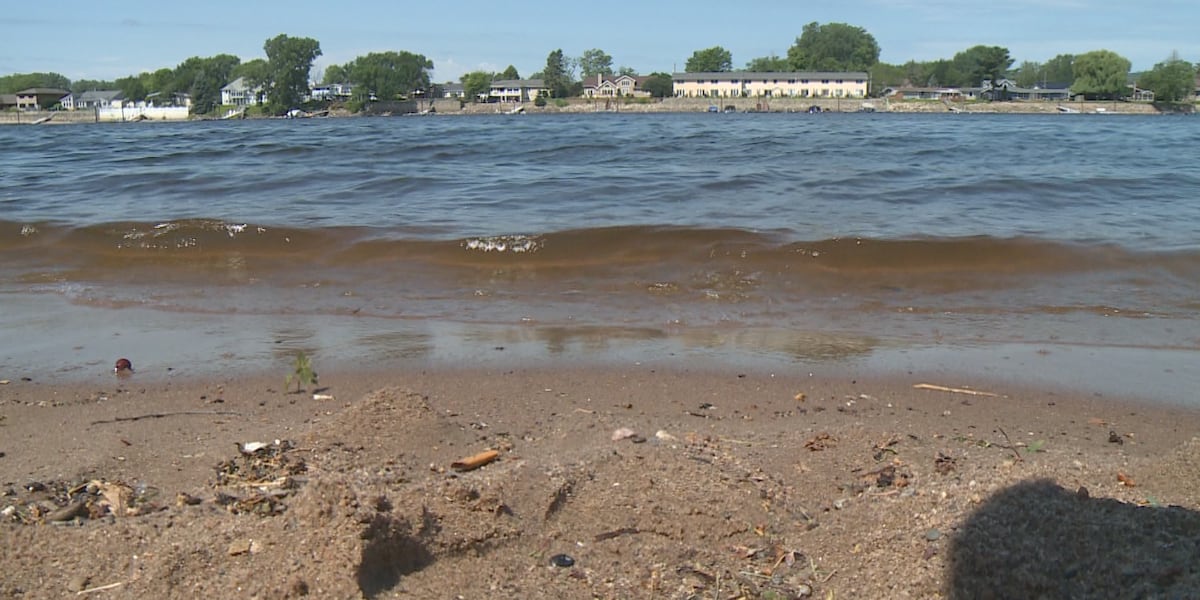Alert! Warm Weather in Wisconsin's Coulee Region Sparks Algae Bloom Concerns - Stay Safe This Summer!

As the summer heat intensifies and Wisconsinites flock to rivers and lakes for relief, health officials in the Coulee Region are issuing a crucial warning: be vigilant about potentially hazardous algae blooms. Recent unseasonably warm weather has created ideal conditions for these blooms to develop, posing risks to human and animal health.
What are Harmful Algae Blooms (HABs)?
Harmful algae blooms, often referred to as toxic algae, are rapid increases in the population of algae in water bodies. While algae are a natural part of aquatic ecosystems, certain types can produce toxins harmful to people, pets, and livestock. These toxins can cause a range of health issues, from skin irritation and gastrointestinal distress to more serious neurological problems.
Why the Coulee Region is at Risk
The Coulee Region, known for its picturesque rivers and lakes, is particularly susceptible to HABs this year. The combination of warmer-than-usual temperatures and ample sunlight has fueled algae growth. Runoff from agricultural lands and urban areas, carrying nutrients like phosphorus and nitrogen, further exacerbates the problem by providing algae with food sources.
Health Risks & Symptoms
Exposure to HAB toxins can occur through various routes, including:
- Skin Contact: Rashes, hives, or irritation.
- Ingestion: Nausea, vomiting, diarrhea, abdominal pain.
- Inhalation: Respiratory irritation.
- Pet Exposure: Animals are particularly vulnerable and can experience severe illness or even death after drinking contaminated water.
How to Stay Safe
Health officials are urging residents and visitors to take the following precautions:
- Check Local Advisories: Before heading out to a river or lake, check with local health departments or authorities for any posted warnings or advisories regarding algae blooms. Many counties and municipalities regularly monitor water quality and provide updates online.
- Look for Signs of a Bloom: Be aware of the appearance of the water. HABs can manifest as discolored water (blue-green, red, brown), scum on the surface, or unusual odors.
- Avoid Contact: If you suspect an algae bloom, avoid swimming, wading, or allowing pets to enter the water.
- Rinse Off: If you or your pet have been exposed to potentially contaminated water, rinse thoroughly with clean water.
- Don't Drink Untreated Water: Never drink water from rivers or lakes without proper treatment.
Reporting Suspected Blooms
If you suspect you've encountered a harmful algae bloom, report it to your local health department or the Wisconsin Department of Natural Resources (DNR). Your observations can help officials monitor bloom activity and alert others to potential risks.
Protecting Our Waterways
Addressing the root causes of HABs requires a collective effort. Reducing nutrient runoff from agricultural and urban sources is crucial. Sustainable farming practices, improved wastewater treatment, and responsible lawn care can all contribute to cleaner waterways and a reduced risk of harmful algae blooms. Let's work together to protect the health of our communities and the beauty of Wisconsin's natural resources.
Resources:
- Wisconsin Department of Natural Resources: https://dnr.wisconsin.gov/topic/algae/hab






